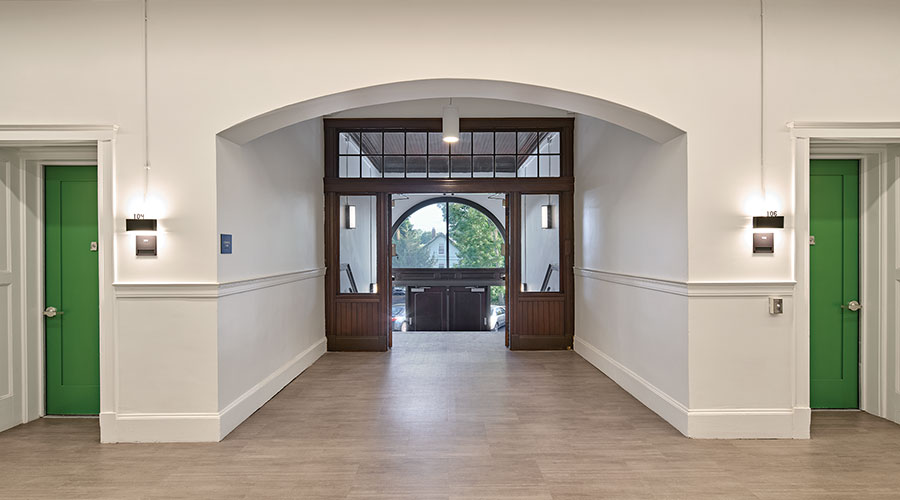Costs, Benefits and Projecting Project Payback
Part 1 of a 2 part article on project paybacks
I renewed my subscription to Consumer Reports last month. I don’t buy anything of value without referencing Consumer Reports and two or three other review sources. For instance, I just bought a new lawn tractor. I researched the options for weeks before finally purchasing one. It takes about 1½ hours to cut my lawn with a traditional push mower. I figured a riding mower would cut my mowing time significantly. So my cost-to-benefit ratio was based on money spent now divided by the total number of hours reduced over X years. A no brainer, right?
Well, after cutting my lawn a few times, I’m back to using my old self-propelled mower. Why? I like the results better, and I think it cuts the grass much better. My new rider cost over $3,000. My trusty old mower cost me $279 three years go. Which was the better deal?
A cost-benefit analysis can help maintenance and engineering managers determine how well or poorly a planned action will turn out. It helps determine if it’s a sound investment or decision.
I’m not sure if I did a good enough analysis, but managers are faced with the similar situations face much higher risk and consequences if they don’t perform the analysis correctly. The process involves comparing the total expected cost of each option against the total expected benefits to see whether the benefits outweigh the costs and, if so, by how much.
Managers should follow some general rules in conducting a cost-benefit analysis:
- Calculate costs and benefits for two to five years, starting from the start date of the project.
- Be careful in deciding when to start capturing benefits and how long those benefits will pay back. Only calculate benefits that are realized, and do not extend beyond the planned period.
- Be sure benefits are measureable. This means examining the difference between what would have occurred without the project and the post-project value.
- Do not double- or triple-dip the financial benefits. Some overlap and diminishing returns will occur over the term of the project and beyond.
- Always have someone double-check your numbers. It’s advisable to have the finance department develop and agree to the financial benefits.
- Document assumptions so everyone is clear about the way you calculated the numbers.
Related Topics:













